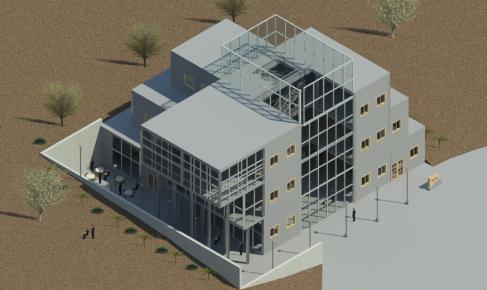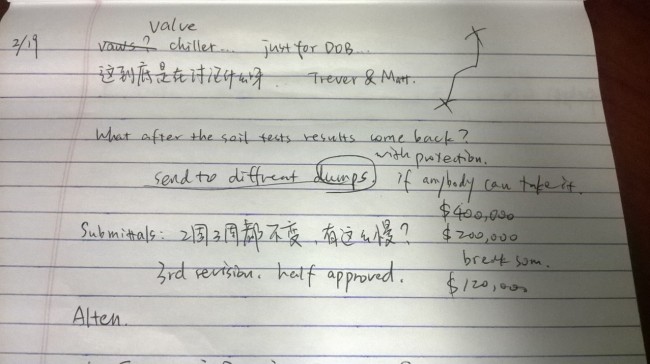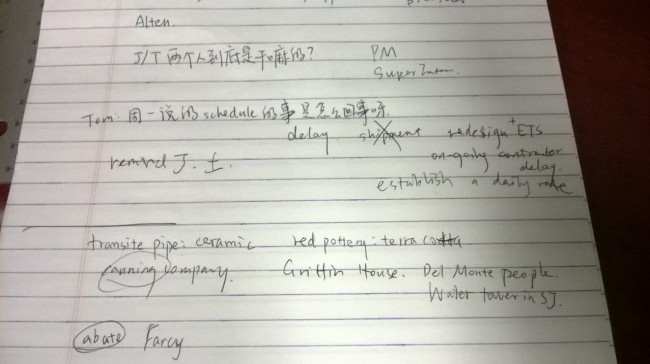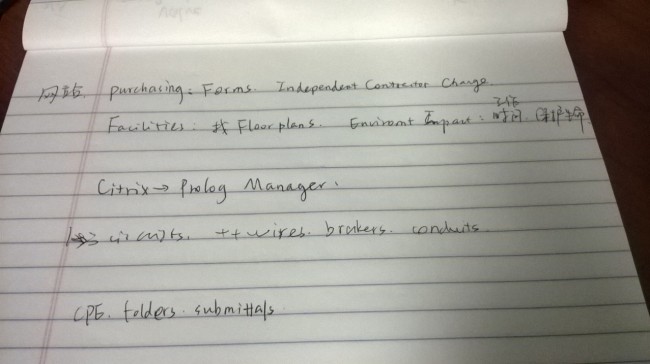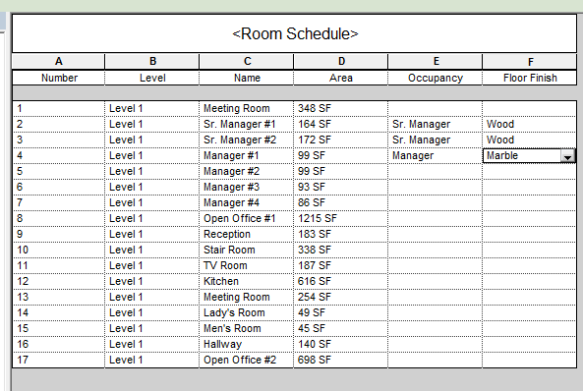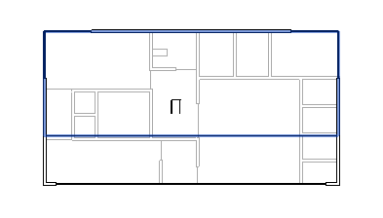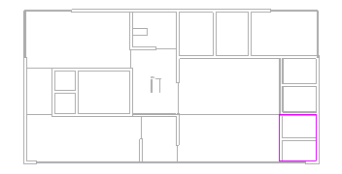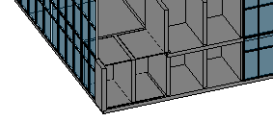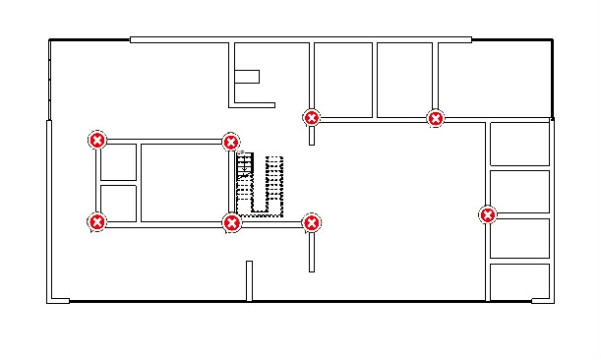I delivered BIM 360 Field software training for a construction jobsite. I’m sharing my slides here to benefit future users.
Construction Newbies Tutorial Series – Submittals, RFIs, PCOs
I made some daily operations instructions for entry-level construction engineers. Different companies have different processes, but hopefully this can shed light on your work, or inspire your thought.
Portfolio – Construction Technology Training
I made these slides for a company-wide training, helped my manager organized the training session, logistics, and led the discussion.
Construction KPIs
source: http://www.mrdashboard.com/construction_industry_kpi_dashboard_metrics.html
Construction KPIs are generally organized and grouped into a several key categories which must be included in every performance management system:
1. Cost – cost related metrics monitor the expenditures and spending per project and overall. It is important to track the cost metrics on an ongoing basis to ensure proper cash management and manage the profit margins.
2. Productivity – while monitoring costs is crucial it only gives you a limited perspective. The productivity metrics will tell you how much value your business creates for all stakeholders. Examples include levels of resource management, employee productivity and scheduling. These are all excellent sources of ideas for developing best practices and continuous improvement,
3. Safety – safety metrics monitor critical information regarding safety – both in a reactive (number of incidents, types of incidents, lost time, injuries) and proactive (audits, check points and process control measures) way.
4. Quality – quality control metrics ensure all customer requirements and project demands are met. Quality assurance KPIs help management minimizes rework and defects as well as minimizes the cost of quality while management is focused on customer satisfaction. Again both reactive and proactive metrics are considered for maximum impact on improving performances.
Before outlining overall company wide KPIs it is useful to start by identifying project specific metrics. For example by looking at a typical project management can start by identifying project objectives, targets and typical activities.
Process metrics vs. outcome metrics
Results oriented metrics monitor the deliverables or the results of your projects, processes and initiatives. On the other hand process oriented metrics monitor leading metrics and proactively analyze and predict possible issues and opportunities.
Every successful manager needs to include both of these metrics on the construction dashboard reports – leading indicators help mangers discover, learn and improve while lagging metrics report the results over time. By managing and improving the performance of the leading indicators management strives to continuously improve performance and results.
Regardless of the type of metrics used in the construction business it is always important to link metrics to the business goals and to consider all stakeholders – customers, the business and employees.
Sample construction KPIs and frequently used metrics in construction business:
Customer: Customer Satisfaction, Customer Complaints, Customer Loyalty, Customer Lifetime value, Customer metrics by segment/location.
Quality: Number of Defects, Cost of Quality, Prevention Cost, Rework, Process metrics and work-in-progress indicators.
Employees: Employee retention rate, employee productivity, training hours, employee satisfaction, employee turnover, absenteeism, hours.
Profitability: Gross margin per project, activity based costing (per project, process and activity), operational margin, EBTDA (earnings before tax, depreciation and amortization), project gross margin.
Architectural Model
2014/2/19 Working Log
This morning as usual we had the DOB weekly meeting. This time I can finally find some routine in the meeting, and purposely circled many questions I had. I asked all of them to Joey and he gave me a great education on our project.
Also learned about the shingle clean/matching, and pipe issues (terra cotta paint, pipe-insulator-chiller.)
At noon ate with Joey/Tom, and learned some PM tricks:
1. everybody has his own way (for example R or T)
2. do your work: conclude the +/Δ for interest conflicting parties, also include cost for doing work (Emergency phone 15,000 example), and present them to all the stake holders. Then it’s “already done my work”.
3. deal with owners: first you don’t say “I don’t know”, but “I’ll look into it and tell you”; equally importantly, you don’t make their decisions, but give suggestions.
Great lunch, fun + learn.
In the afternoon Mike showed me Prolog, and how to do RFI/Submittals with it.
Also, the electrical contractor’s conduct is very efficient – talk to us and show us first, then proceed with official documents. This way saves a lot back-and-forth. But still, 3 circuits to 1 circuits (thus increase pipes and conduit) is Architect and Electrical Engineer’s fault, since first place EE didn’t design well, then A didn’t find out.
Thanks Mike for teaching me. I was so sleepy and worried about my emails/hw in the afternoon, but will do more work for him later.
Two-story Office Building
CEE 220B Term Project – Second Check-In
1) Space allocation
a. First floor
I allocated open offices, manager rooms(senior managers and junior managers), meeting rooms, stair room, kitchen, TV room, restrooms, and hallways.
For occupants, after entering via the Reception Room, the stuff can go two ways to reach different open offices, and the two open offices both link to a kitchen via hallway/TV Room.
b. Second Floor
Second floor is smaller than first floor. The cut-out area are Kitchen, TV Room, and half of the open office #1.
The cut-out area doesn’t have floor, instead linking the first floor and second floor space into a large two-story space.
The only problem is two manager rooms (Manager Room #3, #4, on the right bottom corner), they can’t be linked to the second floor to create vertically too long rooms. So ceilings are added to those two rooms.
2) Structural Plan
The walls near the stairs are shear walls and supports loads. The outlaying walls are shear walls. Columns are placed with intervals in the interior walls, see the plan below.
—–
Copyright: Jieming Wei
2/5/2014
2/5/2014
8:30am – 5:30pm. No lunch break.
Things did today:
- Brought safety boots
- Attended weekly meeting (9:30am – 1pm) and helped take notes on important meeting issues
- Helped edit drawing and highlight shear walls that are not ready to work on
- Installed BlueBeam
Lessons learned:
- Management: learned many management tips from supervisor (Sr. Project Manager) Todd Leicht when attending the meeting –
- coordinate different parties
- combine persuading and pushing,
- use manpower effectively and efficiently
- keep logging/recording every activity to better keep track
- find the best/smartest way to do things(scheduling, talking, even moving trucks that stands in the way)
- Tutoring: learned how to teach new employees effectively from mentor Joseph Martinez
- Give examples, learning by doing
- Give good explanations and descriptions
- Be patient
Things to do on next day:
- Record all the trailer numbers near parking 1H for Thomas Lo
- Time card
- Ask Sandra on accounting system (per orientation requirement)
- Add to peer group
- Extract and list things to discuss with Todd on first check-in
- Field walkthrough
2014/2/3
First day of work. 8am-5pm. (12:30-1:30 lunch)
- Attended orientation
- Met everybody on job site
- Discussed intern plans and goals with intern mentor and supervisor
- Set up my desk, work station, laptop, monitor
- Conducted field walk-through, saw all five renovation buildings, took pictures
- Ate lunch with intern mentor
- Added contacts on Outlook, changed signature, submitted new employee information sheet
- Took Workplace Harassment Awareness training session
- briefly being introduced to RFIs and Submittals management platforms
The first day is not profitable yet, but very productive already. The achievements today will fasten the process of future work by very much.
Goal for next day:
- look over intern goals, make a comprehensive plan to achieve those goals
- conduct field walk-through
- learn to print big drawings
- seek potential project tasks with Michael/Joseph
Sustainable Lab & Exhibition Center – Phase 1
Building Envelope and Passive Design Features
This project is for the design of a two-story energy efficiency products lab and exhibition center to be located in Jasper Ridge, Stanford, California.
1. Design intent:
The design shall incorporate energy efficiency features while at the same time create a comfortable and spacious environment for researchers and visitors.
Sustainable features include:
– natural light atrium at the entrance of the building
– skylight on the roof directly above the atrium
– north-south orientation
2. Driving considerations:
The major concern of the building is sustainability. While achieving the sustainability features, many aspects are considered (openings, shading, material choices, etc.). All the aspects shall be designed with an optimized solution.
Another driving consideration is the design limits due to resources, project type, and local regulations. Such as:
– Working environment. The project is a lab & exhibition center, the working environment in the building and its ability to facilitate communication are important. So the building will be two floors – to allow easier communication among departments and avoid time consumed in climbing up/down stairs, and at the same time maximize the floor area, creating spacious working environment.
– Energy efficiency. The skylight is designed to incorporate more daylight into the building to reduce electricity usage in lighting. Big windows also provide natural light in the building. Building envelope shall be high in thermal heat-gain coefficient.
– Location. The project is located in Jasper Ridge, where there’s no local code for building orientation. The building will be oriented north-south to incorporate more sunshine.
– Area. Total floor area is 3600 sqft.
3. Phase One result – Building Envelop and Passive Design Features

